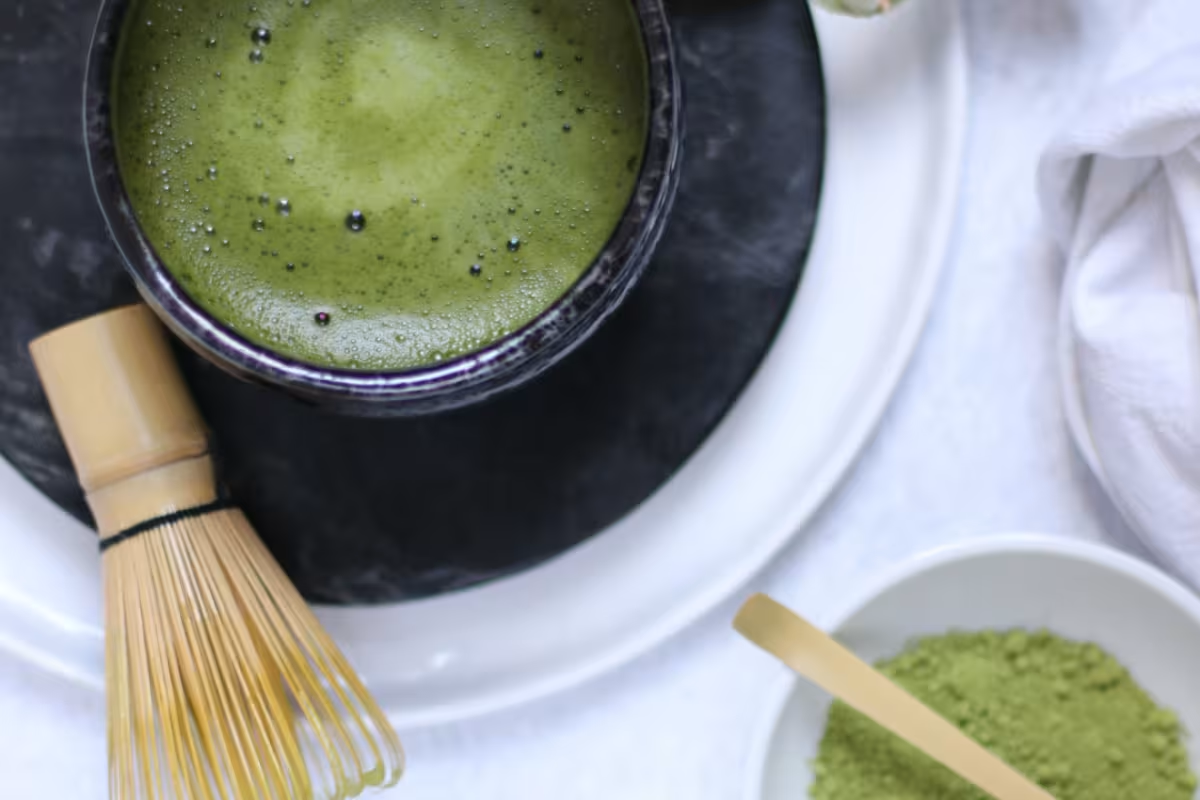
SHERIDAN, WYOMING – May 26, 2025 – Matcha may be trending across cafes, kitchens, and social feeds in Europe—but not all green powders are created equal. As more products hit the shelves claiming “ceremonial grade” quality, AIYA Europe, a leading supplier of premium Japanese organic matcha, is taking a stand to educate consumers and professionals alike on how to spot the real deal.
The Matcha Confusion: What’s in a Name?
In Europe, “Matcha” and even “Ceremonial Matcha” are not legally protected terms. That means everything from low-grade industrial powders to top-tier Japanese tea can be labeled the same, leaving consumers to guess at what’s really in their cup.
To help cut through the confusion, AIYA Europe encourages everyone—from casual tea drinkers to professional buyers and chefs—to look beyond the label and evaluate key quality markers like:
- Color – Deep, vibrant emerald green suggests premium grade.
- Texture – Fine, velvety powder is a sign of traditional stone-milling.
- Origin – Authentic Japanese matcha from regions like Kagoshima ensures the highest standards.
- Harvest method – Shade-grown Tencha leaves are rich in chlorophyll and antioxidants.
The Streak Test: A Simple Way to Check Your Matcha
To make quality control even more accessible, AIYA Europe introduces a no-fuss, highly visual method known as the Matcha Streak Test. Designed to help consumers and professionals alike spot high-grade matcha at a glance, the test requires just paper and your finger.
Here’s how to do it:
- Place a white sheet of paper on a smooth surface.
- Sprinkle a small amount of matcha powder along the top edge.
- Use your index finger to draw a downward streak through the powder.
Then, examine the line:
- High-quality matcha forms a smooth, even, velvety streak—thanks to the gentle, slow grinding of premium Tencha leaves with granite mills.
- Low-grade matcha leaves a rough, broken, or grainy line—often the result of fast, industrial processing or lower-quality ingredients.
You can see the demonstration for yourself on AIYA Europe’s official YouTube channel.
Why Color and Origin Matter
Color isn’t just about looks—it’s a direct reflection of how the tea was grown and processed. As AIYA Europe explains, “Qualitatively high and traditionally produced matcha has a rich emerald green color, typical for fresh Tencha that has been shaded before harvest.” This shading boosts chlorophyll and antioxidants and contributes to matcha’s signature umami flavor.
In contrast, yellowish or brownish powders often indicate oxidized leaves or cheap production methods—typically from non-Japanese sources like China. These versions tend to be less flavorful, less nutritious, and overall less authentic.
A Trusted Name in Matcha for Over a Century
AIYA Europe is the European arm of AIYA Japan, a family-run company with over 130 years of experience in producing premium matcha. All of its products are organically certified and carefully crafted using only shaded Tencha leaves, which are stone-milled to perfection.
What makes AIYA stand out?
- Only stemless Tencha leaves are used for unmatched taste and smoothness.
- Stone milling produces just 30g of matcha per hour, preserving quality.
- Sourcing comes exclusively from elite growing regions like Kagoshima, where the climate and soil are ideal for organic cultivation.
“Our experience shows: The demand for matcha continues to grow, and with it, the need for education. With the streak test, we present a practical tool to make quality standards in the market more visible,” says Thomas Grömer, founder and CEO of AIYA Europe.
Why It Matters for You
Whether you're a tea enthusiast, café owner, or product developer, knowing how to recognize true matcha quality ensures you get the best taste, the most health benefits, and real value for your money.
So next time you buy matcha, give the streak test a try—and choose only what meets the standard.
Learn more and explore authentic matcha at aiya-europe.com.